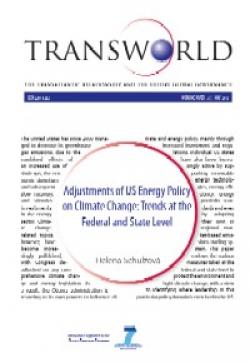Adjustments of US Energy Policy on Climate Change: Trends at the Federal and State Level
The United States has since 2008 managed to decrease its greenhouse gas emissions, due to the combined effects of an increased use of shale gas, the economic downturn and subsequent slow recovery, and stimulus investments in the energy sector. Climate change-related topics, however, have become increasingly politicized, with Congress deadlocked on any comprehensive climate change and energy legislation. As a result, the Obama administration is resorting to its own powers to influence climate and energy policy, mainly through increased investment and regulations. Individual US states have also been increasingly active by supporting renewable energy technologies, energy efficiency, energy portfolio standards and even by adopting their own or regional market-based emissions trading system. This paper reviews the various measures taken at the federal and state level to protect the environment and fight climate change, with a view to identifying where leadership in this particular policy domain is exercised in the US.
Documento prodotto nell'ambito del progetto IAI Transworld.
-
Dati bibliografici
Roma, Istituto affari internazionali, 2013, 14 p. -
Numero
23
Introduction
1. Power of Market or Federal Incentives
2. Political Deadlock
3. Regulations
4. Regional, State and Local Initiatives
Conclusion
References
Tema
Tag
Contenuti collegati
-
Pubblicazione23/03/2014
The EU, the US and Global Climate Governance
leggi tutto -
Ricerca27/12/2013
Transworld - Redefining the transatlantic relationship and its role in shaping global governance
leggi tutto




